Poverty and Inequality Analysis
research
Bambang Sulaksono, M. Sulton Mawardi, Muhammad Syukri, Prio Sambodho
research
Rahmitha , Hastuti , Nila Warda, Akhmadi , Niken Kusumawardhani, Asep Suryahadi, Widjajanti Isdijoso, Gracia Hadiwidjaja
research
Rahmitha , M. Fajar Rakhmadi, Widjajanti Isdijoso
publication
During the economic crisis, the poverty rate in Indonesia changed relatively quickly in short periods of time, implying that there were a large number of households which moved in and out of poverty relatively frequently and experienced relatively short periods of poverty.
publication
A standard method for calculating poverty lines (e.g. Ravallion, 1994) is not fully specified. The choice of the “reference population” for determining food baskets is left to the decision of the individual analyst. However, the poverty line can be quite sensitive to the real income of the reference group because the “quality” of the food basket—measured as the food expenditures per calories—rises sharply with income.


